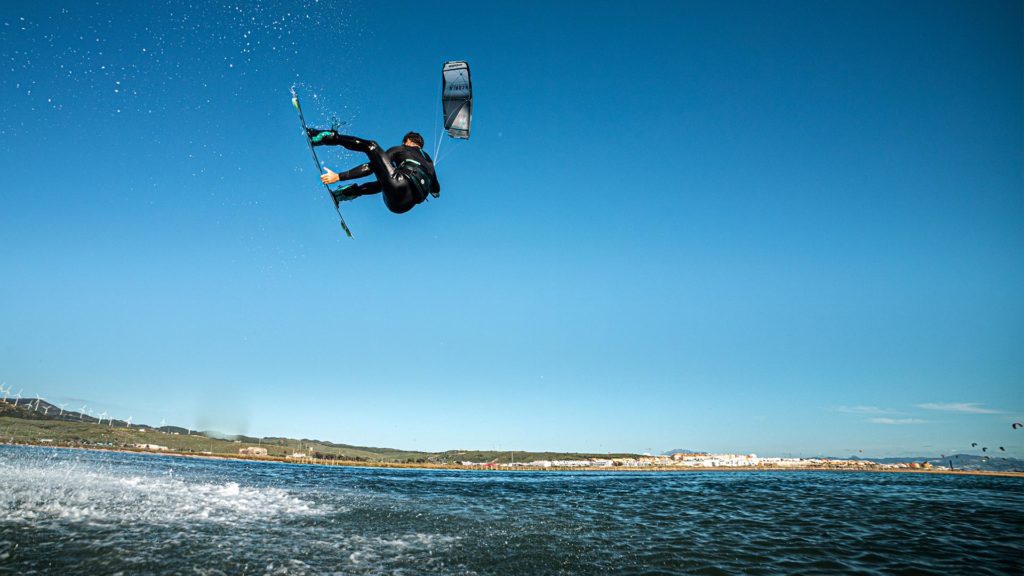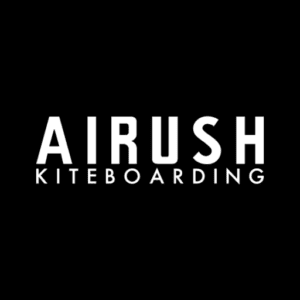Airush Kite Collection Overview
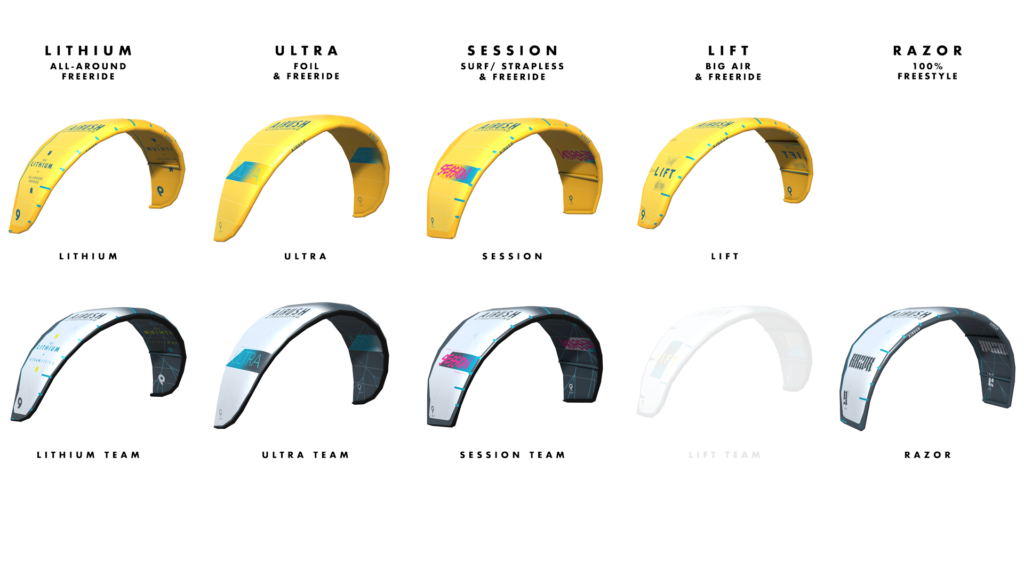
For 2023-2024, Airush has made sweeping changes to the range by simplifying the number of models from six down to four key models, whilst offering two constructions in each model. In addition to this, the Razor freestyle kite remains as a specialty 5th product model in the range.
Behind the Design with Mark Pattison:
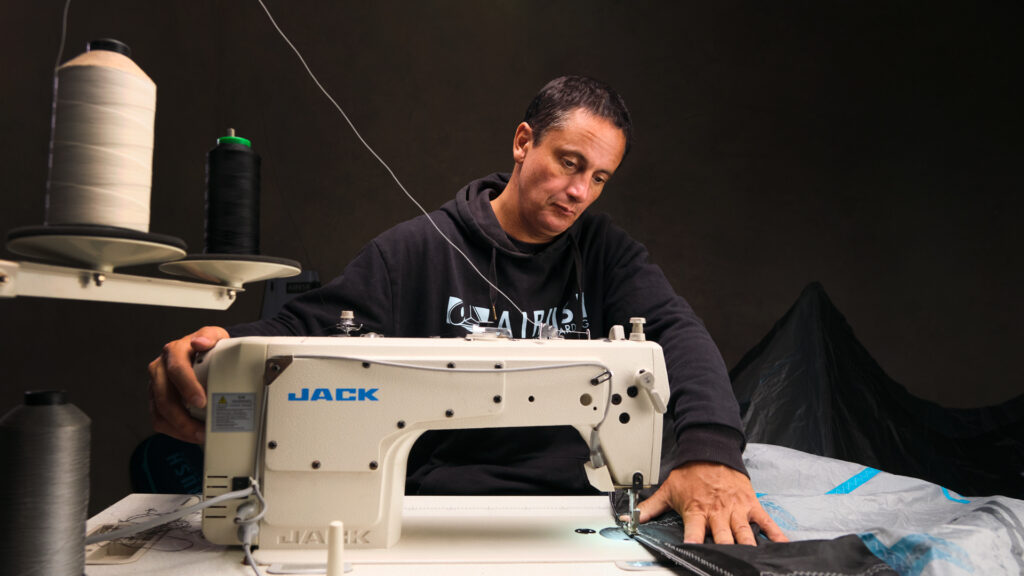
What was the thinking behind offering the two constructions with the Originals and Team Series?
We are really interested in developing the sport in two key areas. One is reducing the barriers to entry, making products more affordable and easier to use, whilst retaining their high performance capabilities for all riders. The second is capitalizing on the latest technologies and developments to push the innovation window to build products for riders who want to be at the pinnacle of the sport.
For the Originals kite construction, we focused on using proven and reliable materials from the leading suppliers in the market, with ongoing refinement in designs, and manufacturing technique.
For the Team Series, we really want to build a collection that showcases the ultimate blend of performance and durability, which sits at the pinnacle of all products. A very important criteria for us was that even though we were chasing reduced weight and increased performance, we wanted to truly increase the durability.
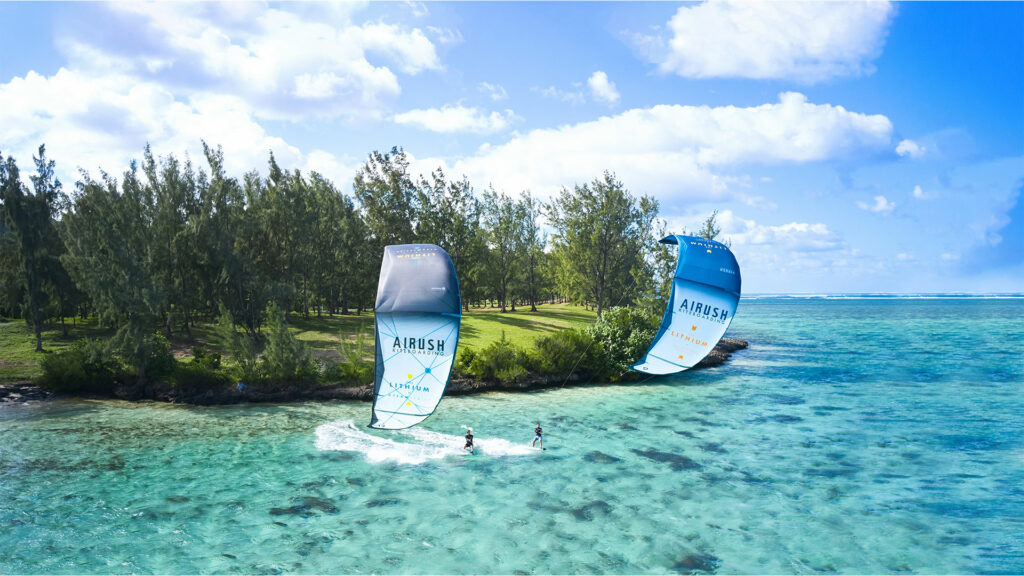
So you believe that the Originals polyester kite construction will have a place in the market for a long time?
Absolutely, polyester kites have been the mainstay of the industry for a long time. If well maintained, there are a lot of examples of polyester kites lasting for 10 years or more, as this is a very proven material that is stable and reliable. There has also been ongoing development in dacrons, lightweight polyester, and the construction techniques around kites.
Is there a difference in the bladder weights between the Original’s and Team Series kites?
There is no difference in the bladder weights. Around 5 years ago we had reduced the weight of the bladders by around 25% without any reduction in reliability. This is a relatively easy and inexpensive place to target weight saving and though a few competitors have reduced bladder weights further, we feel more development needs to be done to offer sufficient reliability if we did reduce weights any further than we already have.
What are the key differences between the Team Series and the Original’s kites?
This is quite model dependent, although essentially, we start with the same chassis and shaping in both models. From this, we optimize the leading edge diameter for the Ho’okipa leading edge material, as the Ultra PE fabric can carry more pressure and offer increased stiffness. This allows us to reduce the leading edge in certain models to increase the speed of the kite through the window, or choose to simply have a stiffer LE for improved response. The woven Ultra PE structure of the Ho’okipa means we don’t have to completely redesign the kite so the result is both a faster steering response and a more stable leading edge.
These changes allow us to optimize the bridles, as the changes in the leading edge do allow the kite to fly further forward in the window, which increases the natural depower of the kite reducing the requirements on the bridles for this. A second consideration in the Team Series bridle configuration is that the kites are targeted at intermediate to professional riders and the bridles are tuned for more high-end riding.
We also offer the legendary Load Frame on all Team Series kites, which protects the canopy from excessive stretch during prolonged use and high impact. This also supports the bias loading of the canopy fabric to enhance responsiveness and steering speed.
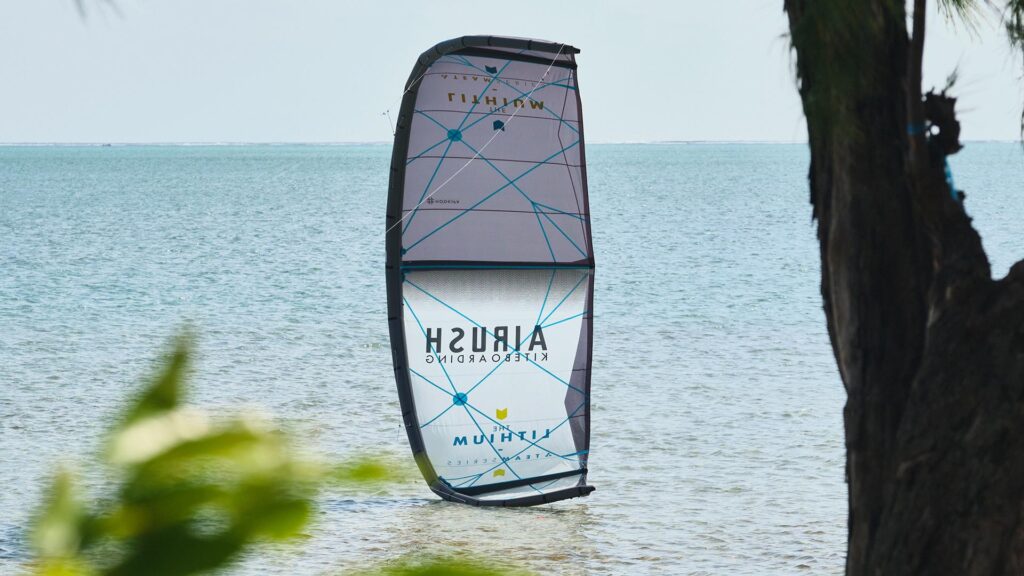
What is the specific bridle comparison by model?
Both of the Lithium’s are equipped with the v3 Bridle System. The key benefit of the v3 bridle system is that the kite maintains steering, even when completely de-powered, and provides increased bar feedback throughout the wind range. The positioning of the bridle attachment points on the LE of the kite, combined with the V Pulleys result in constant steering feedback with a direct enough feel to know where your kite is at all times while riding.
Ultra vs Ultra Team
The Ultra range runs our v3 bridle’s in all sizes, while the Ultra Team runs a fixed bridle up to 10m, and the V3 pulley bridle in the larger sizes.
The Session’s run the V3 Pulley Bridle, while the Session Team runs a fixed bridle. These bridles can be ordered as spare parts, and are interchangeable depending on your preference.
Lift vs Lift Team
Both Lifts run the new compact single pulley bridle, which is optimized for faster, more responsive steering, and stability in extreme conditions. Giving you the best of both worlds, the bridle utilizes a stopper ball when sheeting in and steering, giving you the fixed bridle experience with the benefit of a pulley that allows for greater depower when sheeting out.
Note: More information about the Lift Team will be released at a later stage.
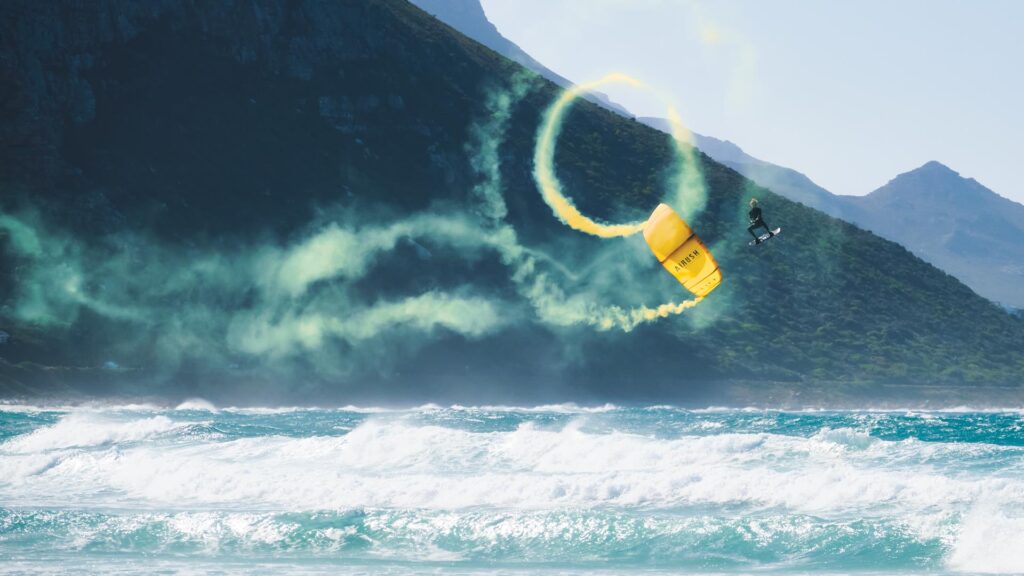
What are the key differences between Ho’okipa and Aluula?
We don’t have the exact formulation of both materials to compare, although they both essentially use Ultra PE as the primary load bearing material, and we believe that Ho’okipa has a higher amount of UPE to support the higher pressures and longevity we are chasing on the Team Series. Another point to note is that the primary structure of Ho’okipa is woven, where the Aluula is more of a laminate. The woven structure allows us to use a more standard seam closure, and the material has bias characteristics closer to traditional Dacron. This enhances the steering of the Team Series kites, while the higher pressure supports the structural elements of the kite.
Available in a single construction, the freestyle oriented Razor stays in the line; is this an important kite for Airush?
Yes, we see the Razor as a specialty product that fits within our rider driven ethos.
On one side, there is a freestyle generation of riders, like Alex Pastor and Bruna Kajiya, that have defined the sport. Relative to this, we have also seen the riding evolve through a more park-oriented style with riders like Ramiro Gallart, to the blended style of Jack Rieder and Oswald Smith. Now, we are seeing a new crew emerge, such as Finn Flügel and Jason Van Der Spuy, who are blending their riding across disciplines, but still stay rooted in progressive freestyle as a key discipline.
